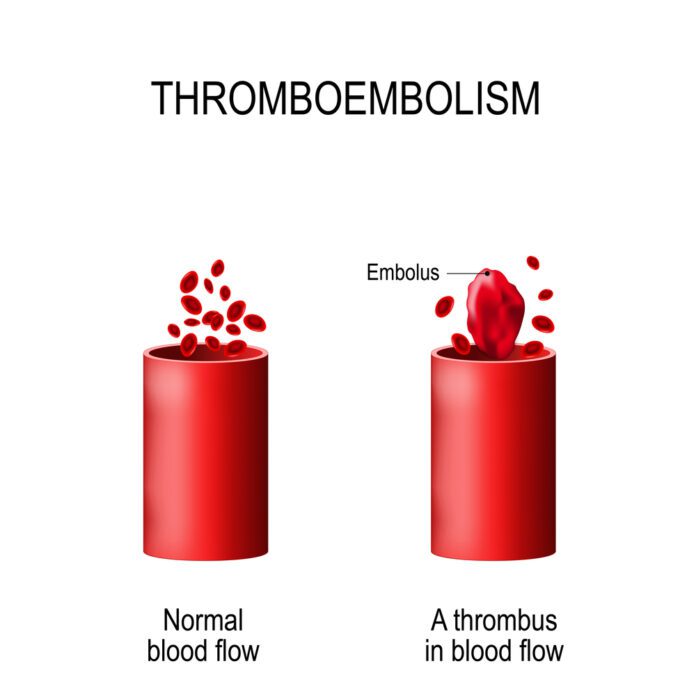Overview Of Thrombotic Thrombocytopenic Purpura
Thrombotic thrombocytopenic purpura (TTP) is a blood disorder in which platelet clumps form in small blood vessels. This leads to a low platelet count (thrombocytopenia).
Commonly Associated With
TTP; Thrombotic Thrombocytopenic Purpura
Causes Of Thrombotic Thrombocytopenic Purpura
This disease may be caused by problems with an enzyme (a type of protein) that is involved in blood clotting. This enzyme is called ADAMTS13. Absence of this enzyme results in platelet clumping. Platelets are a part of the blood that aids in blood clotting.
As the platelets clump together, fewer platelets are available in the blood in other parts of the body to help with clotting. This can lead to bleeding under the skin.
In some cases, the disorder is passed down through families (inherited). In these cases, people are born with naturally low levels of this enzyme.
This condition also may be caused by:
- Cancer
- Chemotherapy
- Hematopoietic stem cell transplantation
- HIV infection
- Hormone replacement therapy and estrogens
- Medicines (including ticlopidine, clopidogrel, quinine, and cyclosporine A)
Symptoms Of Thrombotic Thrombocytopenic Purpura
Symptoms may include any of the following:
- Bleeding into the skin or mucus membranes
- Confusion
- Fatigue, weakness
- Fever
- Headache
- Pale skin color or yellowish skin color
- Shortness of breath
- Fast heart rate (over 100 beats per minute)
Exams & Tests
Tests that may be ordered include:
- ADAMTS 13 activity level
- Bilirubin
- Blood smear
- Complete blood count (CBC)
- Creatinine level
- Lactate dehydrogenase (LDH) level
- Platelet count
- Urinalysis
- Haptoglobin
- Coombs test
Treatment Of Thrombotic Thrombocytopenic Purpura
You may have a treatment called plasma exchange. It removes your abnormal plasma and replaces it with normal plasma from a healthy donor. Plasma is the liquid part of blood that contains blood cells and platelets. Plasma exchange also replaces the missing enzyme.
The procedure is done as follows:
- First, you have your blood drawn as if donating blood.
- As the blood is passed through a machine that separates the blood into its different parts, the abnormal plasma is removed and your blood cells are saved.
- Your blood cells are then combined with normal plasma from a donor, and then given back to you.
- This treatment is repeated daily until blood tests show improvement.
- People who do not respond to this treatment or whose condition often returns may need to:
- Have surgery to remove their spleen
- Get medicines that suppress the immune system, such as steroids or rituximab



